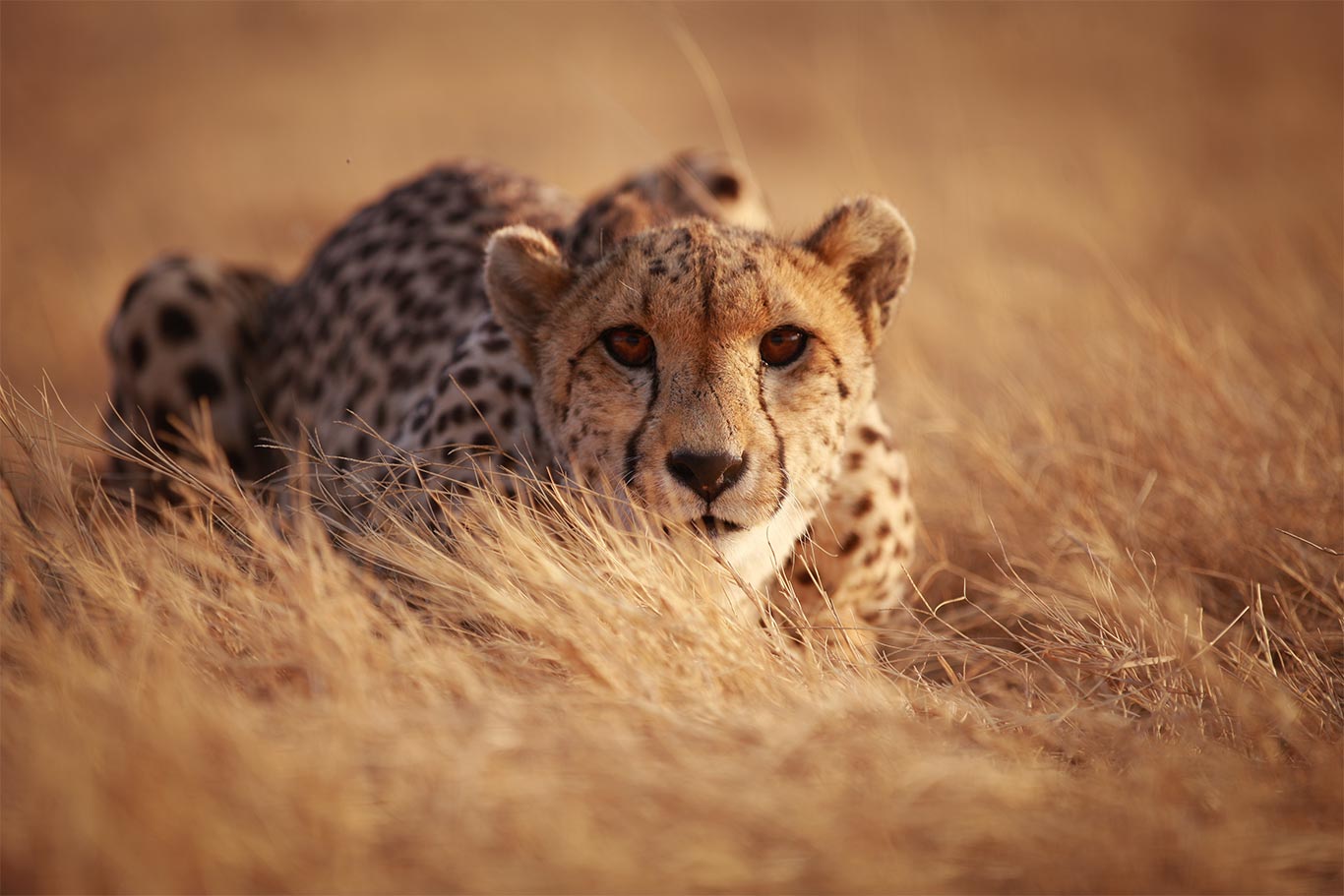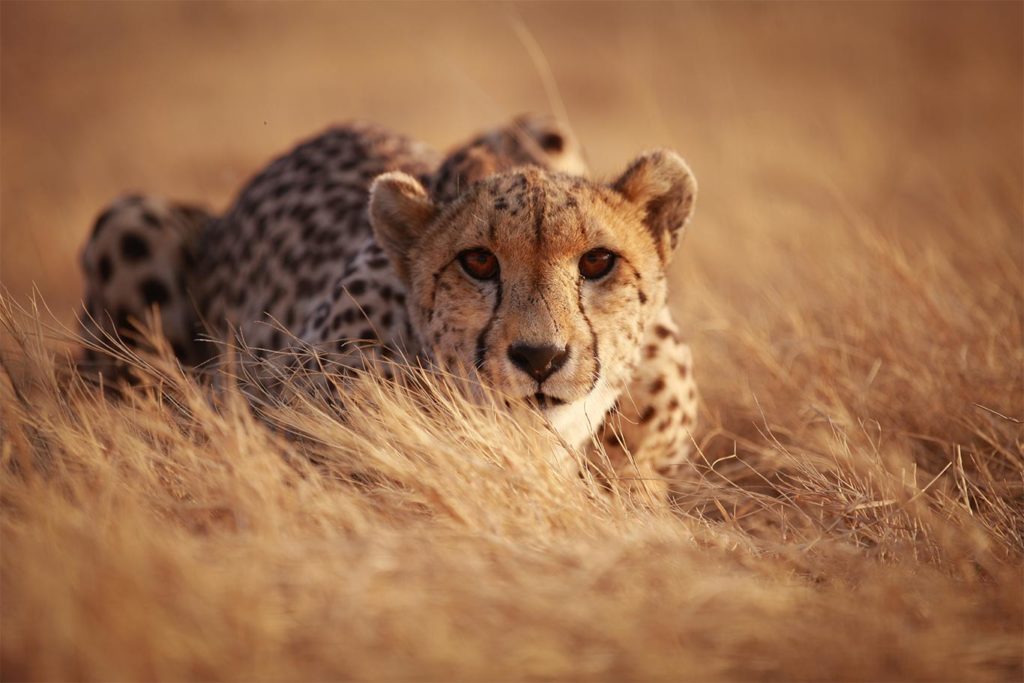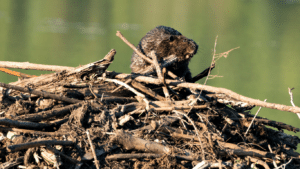The graceful, shy and highly vulnerable cheetah has been vanishing from its native African savannah grounds at the speed of light. At least, that’s until the Cheetah Metapopulation Project stepped in.
Africa’s cheetah population - like so much of the world’s precious wildlife - has been all but annihilated, and it is now listed as a vulnerable species. In fact, cheetahs have vanished from an astounding 90 percent of their historical range in Africa.
Now, the Cheetah Metapopulation Project is proving to be a lifeline needed to save South Africa’s cheetah population.
DOUBLE THE CHEETAH POPULATION IN 10 YEARS
Since the project commenced nearly a decade ago, it’s reported that the country has almost doubled the population of cheetahs. In 2011, there were 217 cheetahs dispersed between 41 reserves.
At the moment, it’s estimated that there are just over 400 scattered across 60 reserves. That equates to more than a third of South Africa’s total cheetah population.
South Africa has now gained bragging rights as the only country in the world with a significantly increasing population of wild cheetahs and has begun translocating the cats beyond its borders.
“While cheetah translocations have been going on in South Africa since the mid 1960s, these relocations were mostly unsuccessful, so to hear that a project is now in place – the results of which are showing huge success – is incredibly promising,” said Nicolette Peters of the Animal Survival International (formerly Political Animal Lobby).
A GRIM PICTURE FOR CHEETAHS IN MOST OF AFRICA
“We hope that this project can be extended to other parts of Africa where cheetah populations have not flourished, including Zimbabwe, Botswana, and Namibia.
Cheetah numbers in Zimbabwe have fallen from 1,500 in 1975, to a devastating 170. While Botswana’s cheetah population has held steady (at around 1,500) the illegal capture of cheetahs for captive breeding purposes, combined with the daily conflicts with farmers, put cheetahs at constant threat.
Numbers of cheetahs in Namibia have also dropped from about 3,000 cheetahs in 1975 to about 1,400 today.”
INBREEDING IS A PROBLEM IN SMALL RESERVES
The Cheetah Metapopulation Project - initiated by the Endangered Wildlife Trust (EWT) - recognizes that although small cheetah populations may be physically secure in several small reserves, the probability of inbreeding remains high if they are kept separated behind barriers, enclosures, and fences.
By swapping animals between participating reserves, the trust helps private and state wildlife custodians manage overpopulation and under population on their land and also identify new areas of suitable cheetah habitat. Most importantly, swapping animals reduces the risk of inbreeding among closely related animals.
Sometimes it’s just a single cheetah that needs to be swopped, other times it’s up to four cheetahs that have to be relocated.
With every relocated cheetah fitted with a satellite or radio collar to monitor their movements, stats have shown that the project has a 73 percent relocation success rate (with the remaining 27 percent of cheetahs lost, mainly to predation by lions, leopards, and spotted hyenas, two years post-release).
“We aspire to conserve wild and functional cheetahs, behaving as they normally do, and as they have done for millions of years,” said EWT’s project co-ordinator Vincent van der Merwe.
READ MORE





